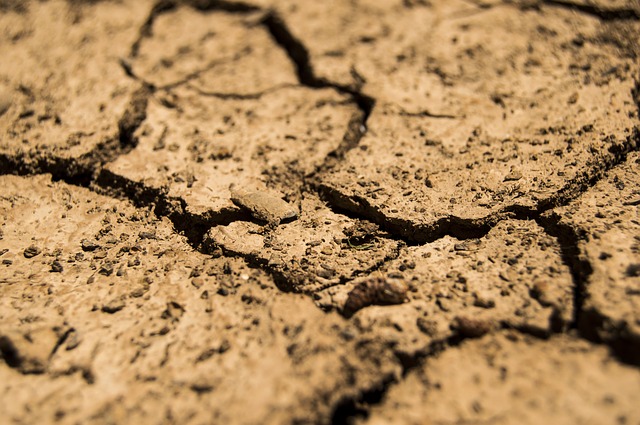If residents of Cape Town continue to use 50 litres of water per day, the Mother City will probably not see Day Zero until next summer.
According to Deputy Mayor of the City of Cape Town, Ian Neilson, the current Day Zero, which is set for 9 July, is based on dam levels. Rainfall patterns have become increasingly unpredictable over the last two years, and 2017’s below-average rainfall has now become the model for the ‘new normal’.
Neilson maintains that regardless of rainfall or augmented water supply, Cape Town needs to continue striving to reduce the daily average consumption to just 450 million litres of water per day for the entire city. This step is necessary not just to stretch our water supplies as far as possible, but also to cope with 45% restriction imposed on the city’s water use by the national Department of Water and Sanitation for the current hydrological year. This ranges from the 1st of November 2017 to the 31st of October 2018.
“If we do not adhere to this restriction‚ there is a chance that the national department may impose even more stringent restrictions on Cape Town in November 2018,” Neilson said.
Neilson also added that consumption over the past week has averaged 516 million liters of water per day. Dam levels have dropped by 0.4% to 24% capacity.
The #WaterCrisis will remain a big Cape Town story for years to come. I explain today’s #DayZero briefing by the City. https://t.co/IQ3frT6Hjw
— Graeme Raubenheimer (@GraemeRauby) March 1, 2018
The latest Day Zero projects have taken into account the continuing drop in urban water consumption over the past weeks, the discontinuation of agricultural releases for the hydrological year as well as the Groenland water transfer. The Greenland water transfer is a transfer of approximately a billion liters of water released into the Western Cape water supply network by the Groenland Water Users Association in the Overberg.
The city’s water consumption has dropped considerably since the very first announcement of Day Zero, with residents and industries using only 500 million litres per day this year. In 2015, the city used 1 200 million litres of water per day.
The unpredictable nature of the approaching rainy winter season is a cause of great concern for the City. According to Neilson, three different scenarios have been drafted for Day Zero, and are based at what will happen if there is 0% winter rainfall received, 100% rainfall received and 85% rainfall received. The impact of augmentation schemes, including aquifer extraction and desalination, have been considered. These augmentation schemes are expected to add 180 million liters of water per day once they are fully implemented.
Mayoral committee member for safety and security JP Smith has said that planning for the crisis has helped the city plan for other natural disasters which might occur.
Picture: Pixabay






